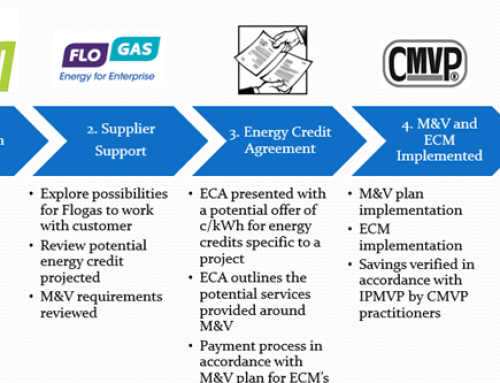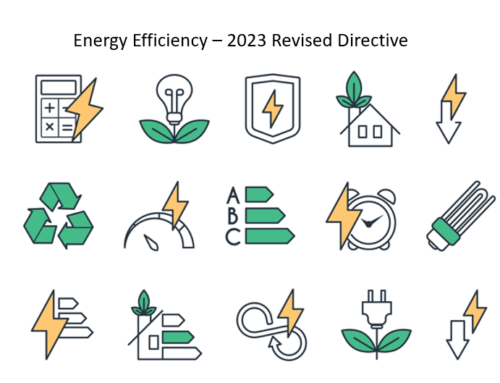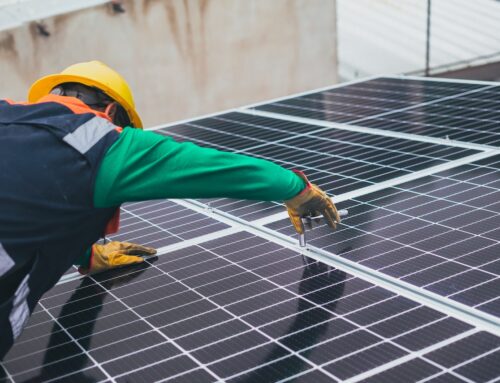Prices
The start of March saw unusually high Day-Ahead prices as we experienced some of the lowest wind days of the year to date. The Day-Ahead price averaged at €72.57/MWh for the month, this a 26% increase on last month. The second week of March brought respite from the high prices as the average Day-Ahead price dropped to its lowest level for the month at €18.46/MWh on the 28th of March. The day and night Day-Ahead prices averaged at €81.82/MWh and €54.38/MWh, respectively.
March vs Previous Years
March 2020 had the lowest Day-Ahead price historically (€34.33/MWh) as COVID-19 had a downward effect on power prices. A year on and we are now experiencing the highest prices for March, with a significant increase in the price of power during peak demand hours. However, this is still only an increase of 10% from the average Day-Ahead price of 2018.
The key drivers of power prices are demand, wind, generation, and commodity prices. To dig into the change in prices that March has brought, we must look at how each of these has out turned over the month.
Demand
In 2020 average demand levels dropped by 8% from February to March as the country faced the first wave of lockdowns and restrictions. This month demand is 4% lower than last month. Demand levels have recovered greatly when compared to the same period last year, as demand is on average 5% higher. This increase in demand combined with the decrease in wind had an upward effect on power prices. We expect demand levels to continue to decrease as we head into the warmer months.
Wind
This month wind levels averaged 36% lower than last month and 16% lower than March-20. So, it is no surprise that this reduction in renewable generation has contributed to an increase in Day-Ahead prices. The 7th of March was the lowest wind day of the year so far. However, wind levels recovered the following week as they came in higher than the Feb-21 average for 6 days. The higher winds made a reappearance towards to end of the month allowing the 70% SNSP limit to be tested. During the two high wind weeks the Day-Ahead price averaged at €53.59/MWh, in contrast to the two weeks with lower levels of wind generation where the average Day-Ahead price €86.38/MWh. This varying wind generation was the main contributor to the range of Day-Ahead prices that March brought.
Fuel Mix
As wind levels dropped, demand had to be met by other, more expensive, types of generation. The majority of this non-renewable generation came from CCGT and the interconnectors. As a result of this, for the first time since Brexit the monthly import volumes on the interconnectors, Moyle IC and EWIC, have been greater than the volumes exported. In March 65% of volumes on the interconnectors were imported, this is a large increase from January and February which had 43% and 34% of volumes imported, respectively. This should provide some relief to those concerned about how efficiently the interconnectors would flow after Brexit. Plant unavailability also influenced prices as offline capacity averaged at approximately 2,000MW for this month.
Commodity Prices
Carbon prices continued to break records this month, reaching a new high of €42.86/tm on the 17th of March. Carbon averages at €40.94/tm for the month. But oil prices are likely to continue falling as more restrictions are set to be introduced across Europe in response to the most recent wave of the coronavirus. NBP Day-Ahead contract is trading at an average of 45.89 p/th for March, this is down from February.
However, in March 2020 NBP Day-Ahead averaged at 22.95 p/th, this figure has now almost doubled for the same period this year. Expensive carbon and gas prices are the driving factors for the high Day-Ahead power prices.
Look Forward
Although demand levels were higher than anticipated this year, it is commodity prices and unpredictable wind generation that are the main factors driving higher power prices. Demand levels are expected to stabilise as temperatures increase in the coming months and lockdown restrictions lift. If wind levels increase and commodity prices level off, then the Day-Ahead power price will fall accordingly. The high carbon prices experienced recently are forecast to ease off in the coming months, this combined with an expected drop in demand for oil should bring commodity prices lower. The figure below gives us an idea of what level of wind generation we should expect for April.















